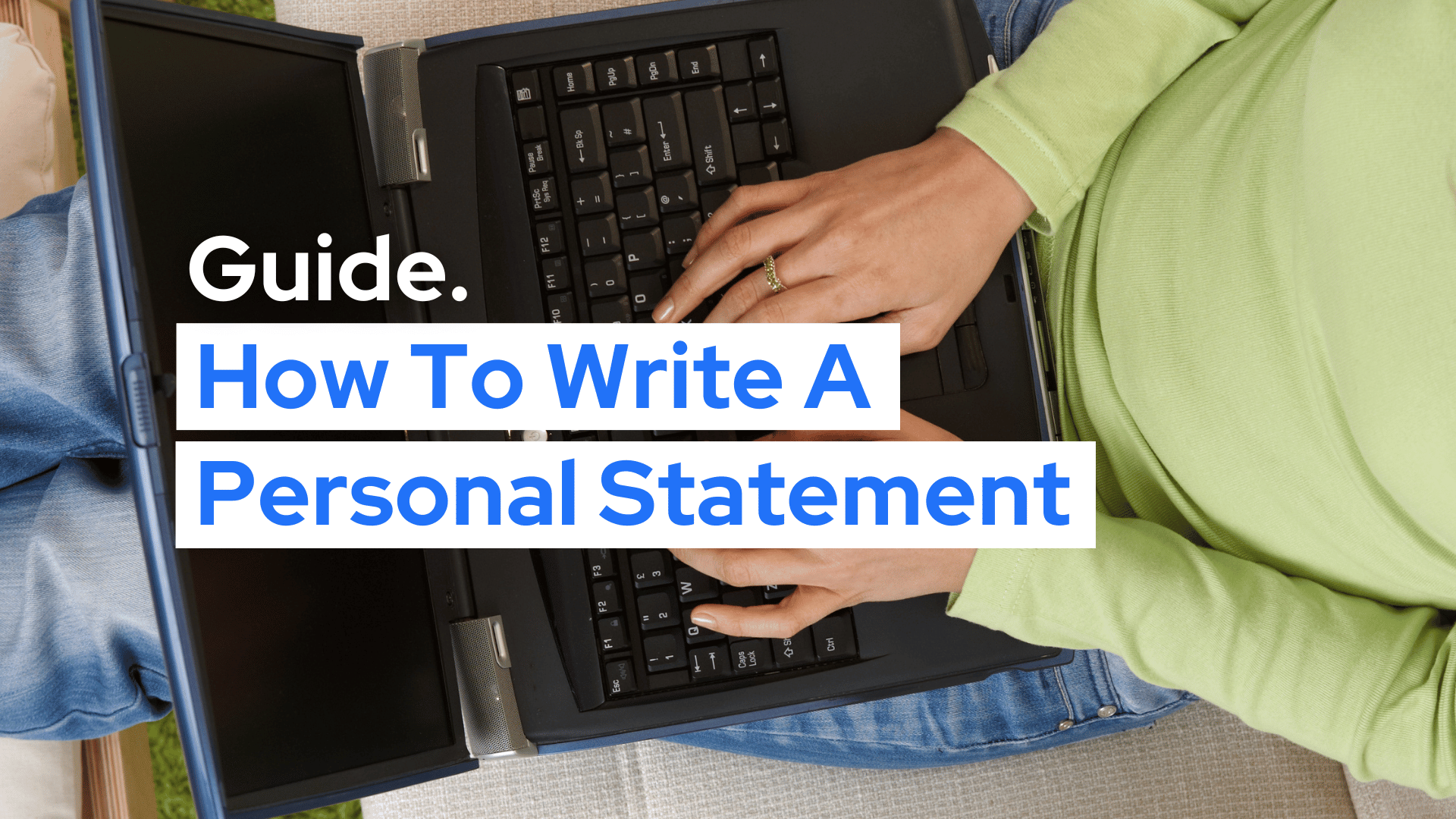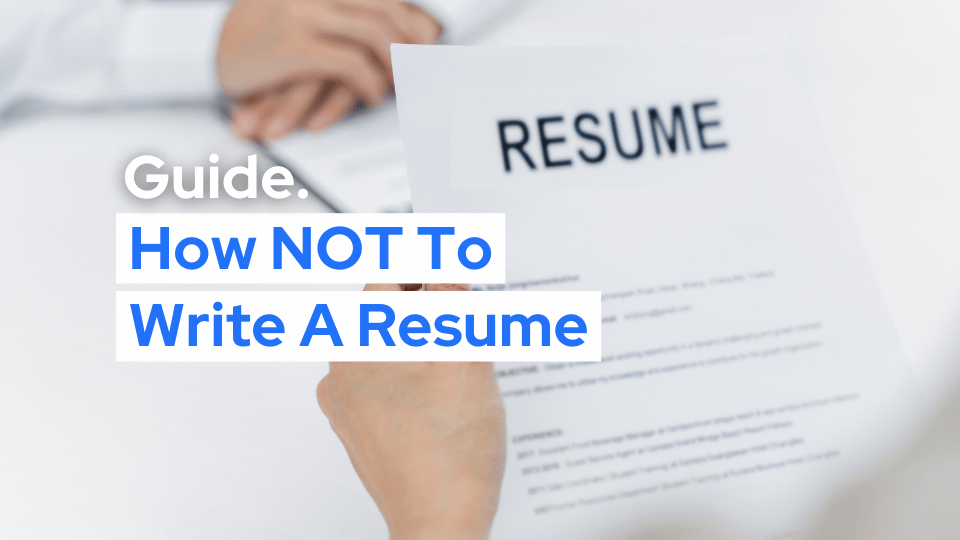
How to Write a Personal Statement for University Applications (And Beyond)
Writing a personal statement is a crucial step in the university application process. It’s your chance to showcase who you are beyond grades and test scores, giving admissions officers insight into your personality, motivations, and ambitions. Additionally, a well-crafted personal statement can also serve as a foundation for future job applications, making it a versatile tool in your career arsenal.
Step 1: Understand the Purpose
A personal statement for university applications should focus on:
- Your passion for the subject: Explain why you are interested in the course and how your interest developed.
- Your achievements: Highlight relevant experiences, both academic and extracurricular, that have prepared you for the course.
- Your future aspirations: Discuss how this course will help you achieve your long-term goals.
Step 2: Research and Plan
Before you start writing, research the university and the course. Understand what they are looking for in a candidate and tailor your personal statement to reflect those qualities. Create an outline to structure your thoughts, ensuring you cover all the essential points.
Step 3: Write a Compelling Introduction
Your introduction should grab the reader’s attention. Start with an anecdote, a quote, or a unique perspective that relates to your interest in the subject. Make it personal and engaging, setting the tone for the rest of your statement.
Step 4: Highlight Your Academic and Extracurricular Achievements
Use specific examples to demonstrate your academic strengths and relevant experiences. If you’ve participated in any projects, internships, or extracurricular activities related to the course, mention them. Show how these experiences have shaped your interest and prepared you for university studies.
Step 5: Showcase Your Personality
Universities want to know the person behind the grades. Use your personal statement to reflect your character, values, and enthusiasm. Discuss challenges you’ve overcome, what you’ve learned from them, and how they’ve contributed to your growth.
Step 6: Conclude with Your Future Goals
End your statement by linking your past experiences and current aspirations with your future goals. Explain how the university course will help you achieve these goals and contribute to your long-term career plans.
Step 7: Review and Edit
Once you’ve written your personal statement, take the time to revise it. Check for clarity, grammar, and flow. Ensure that your statement is concise and free of unnecessary jargon.
Step 8: Personalize and Avoid Generic Content
While there are online generators that can help you draft a personal statement (like Grammarly’s Personal Statement Generator or Scribbr’s Personal Statement Generator), it’s crucial to personalize the output. Admissions officers can easily spot generic statements, so ensure that your final draft reflects your unique experiences and voice.
Using Your Personal Statement for Job Applications
Later, when applying for jobs, you can adapt your university personal statement as a template for your cover letter. Emphasize your academic achievements and any relevant experience gained during your studies. Tailor the content to match the job description, highlighting skills and experiences that are directly applicable to the position you’re applying for.
Final Tips
- Start early: Give yourself plenty of time to write, revise, and seek feedback.
- Be honest: Don’t exaggerate your achievements. Authenticity is key.
- Proofread: A single typo can undermine the professionalism of your statement.

 Malta
Malta
 Ireland
Ireland
 Global
Global


